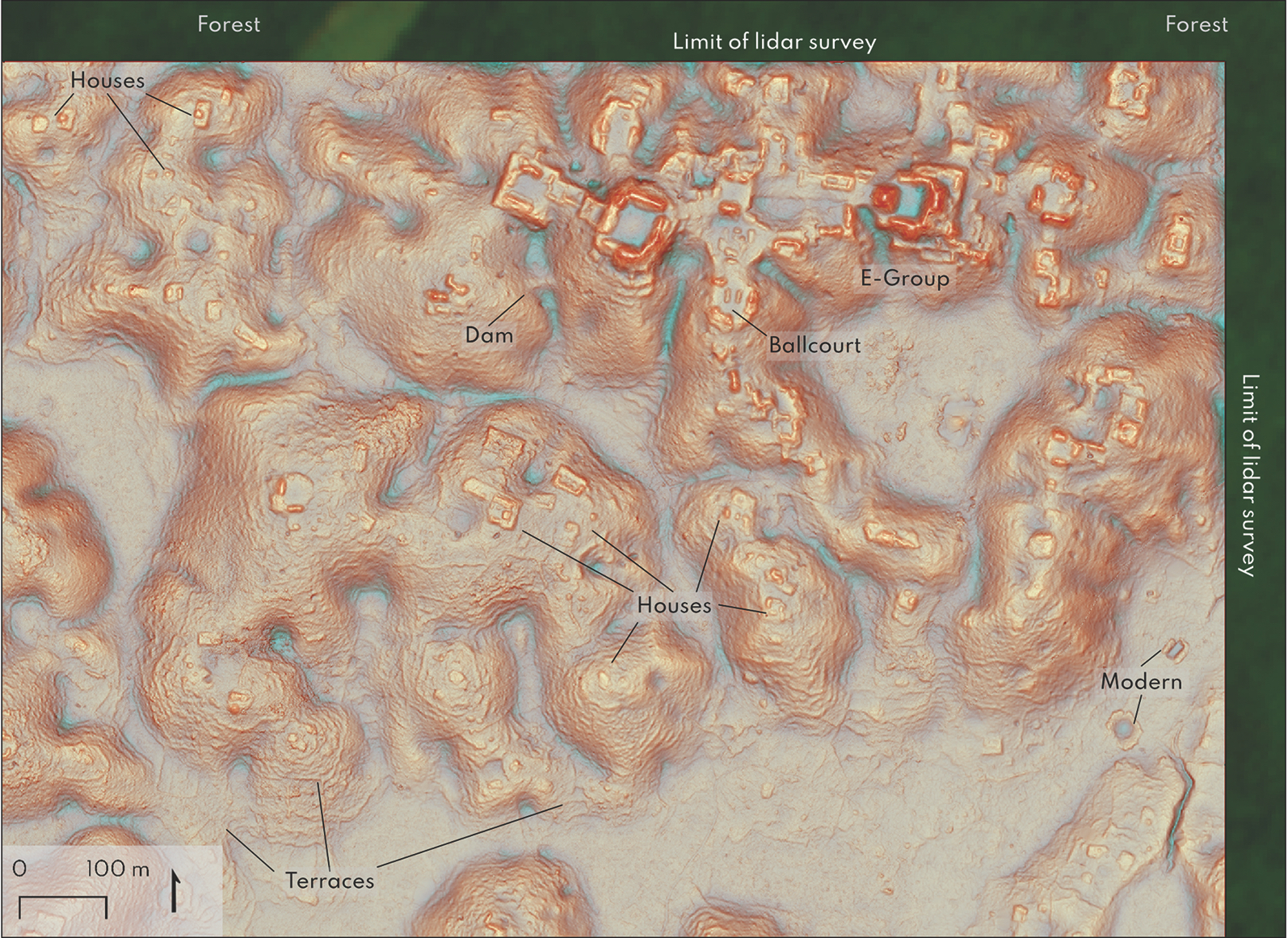Ancient Mayan City Discovered in Mexican Jungle

The Spin
Narrative A
Imagine peering through time using beams of light and strands of DNA — that's exactly how modern archaeologists are revolutionizing our understanding of Maya civilization. Lidar technology has unveiled vast networks of ancient roads and cities hidden beneath the jungle canopy, completely transforming what we thought we knew about Maya transportation and urban planning. Meanwhile, DNA analysis is uncovering surprising secrets about their agricultural prowess, revealing previously unknown crops they cultivated. What once took researchers years to map on foot can now be accomplished in days, breathing new life into ancient stories and challenging long-held theories.
Narrative B
Peering beneath the surface of art and artifacts using modern technology may open doors that were meant to stay closed. Van Gogh's hidden self-portrait, discovered via X-ray beneath another painting, raised thorny questions about artistic privacy beyond the grave. While technologies like X-ray imaging and lidar can unveil precious historical secrets, they also challenge our respect for history's intended boundaries. When an artist deliberately conceals their work, or ancient cultures carefully seal their burial grounds, perhaps we should question whether our technological ability to uncover these secrets gives us the right to do so.


